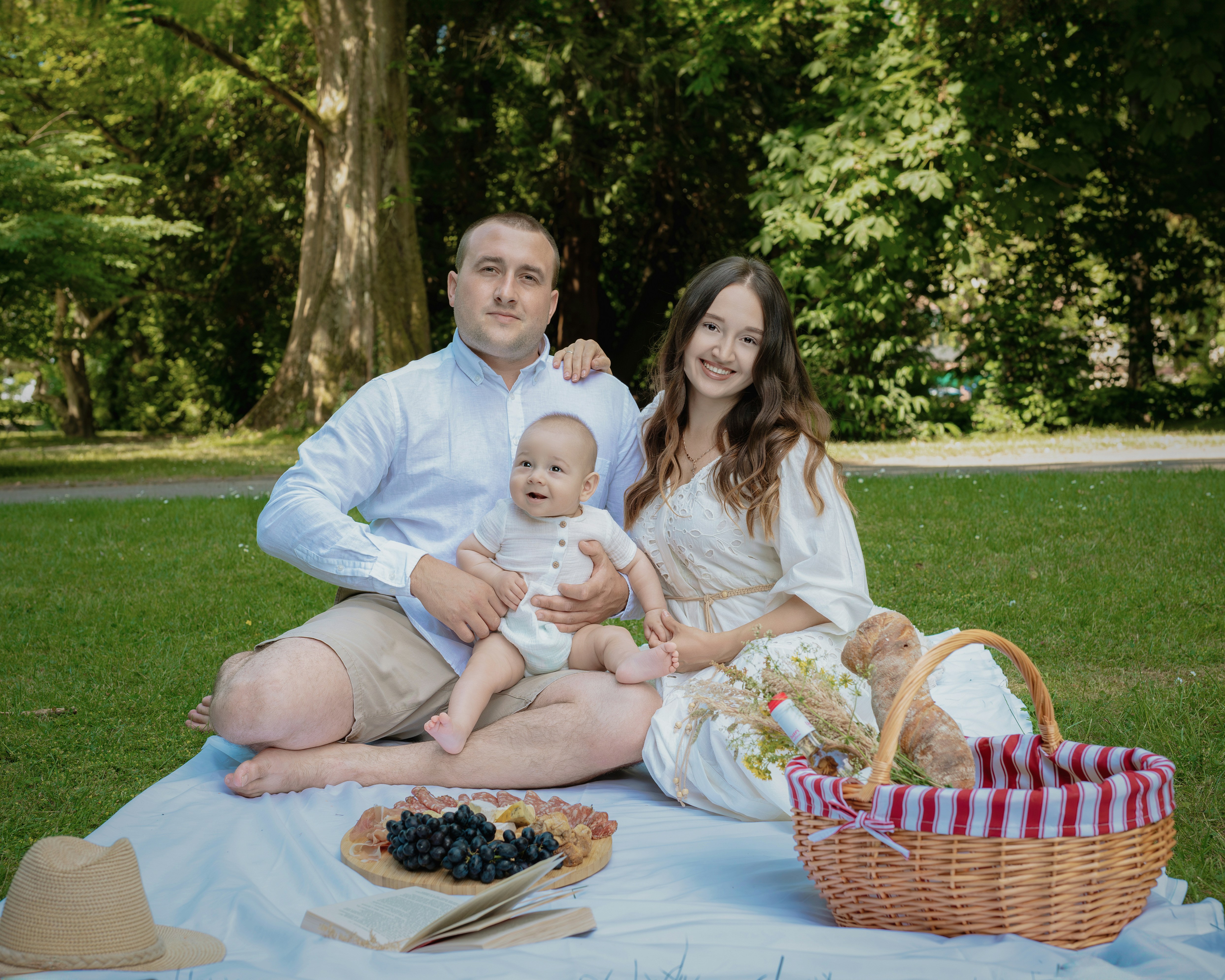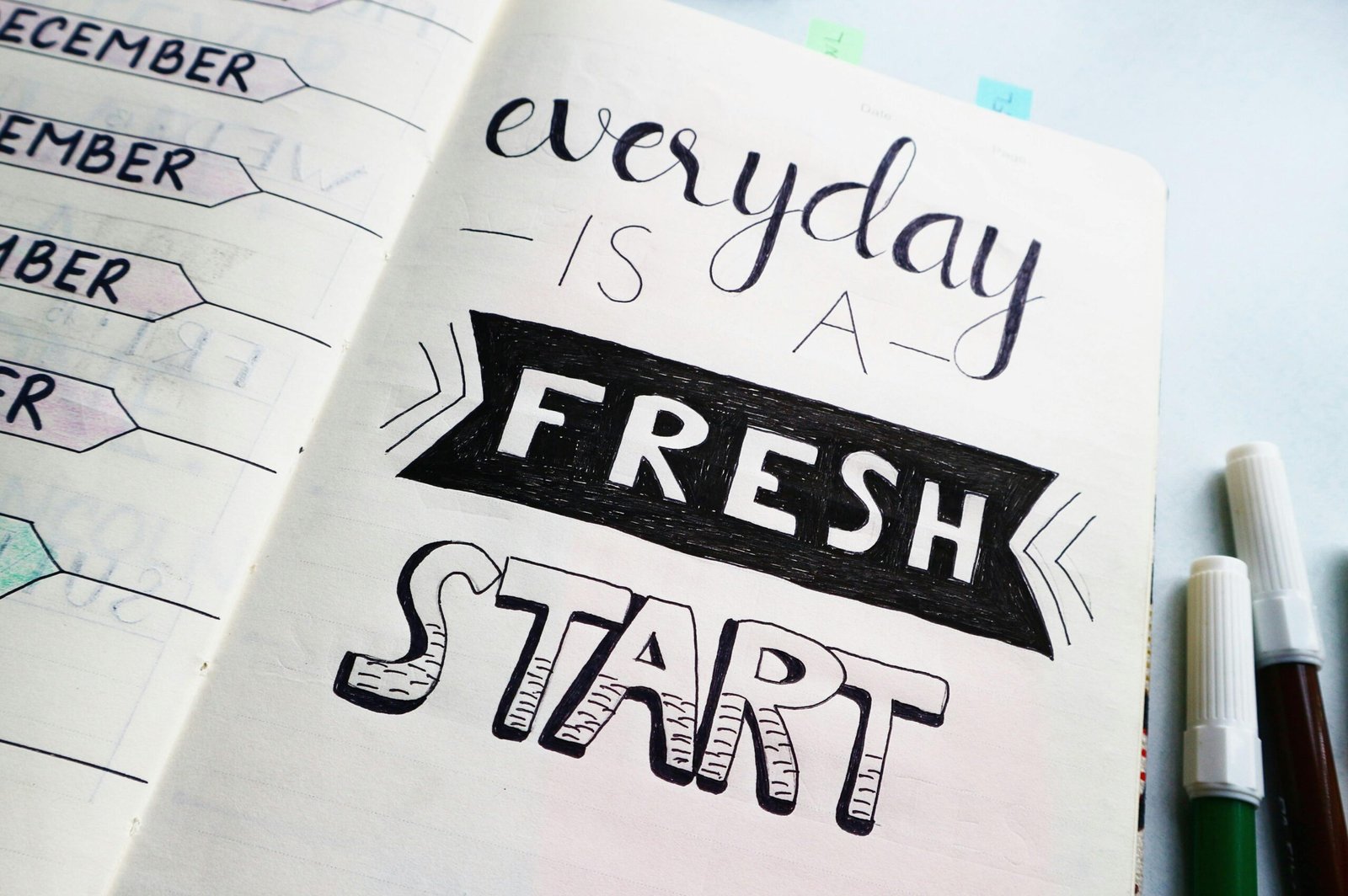Strategies for Intentional Living – How to Prioritize What Truly Matters
Living intentionally is about making conscious choices that align with your values and goals, rather than simply reacting to life’s demands. In the whirlwind of family life, work, and everything in between, it can be easy to let time slip away in a haze of distractions and non-essential tasks. However, with a few simple strategies, you can regain control of your time, stay focused on what truly matters, and cultivate a life of purpose and fulfillment.
Here’s how you can start living more intentionally today:
1. Clarify Your Values and Priorities
Before you can start managing your time, it’s essential to know what you’re managing it for. Take a step back and reflect on what really matters to you. Are you prioritizing family, health, faith, career, or personal growth? Once you have clarity about your values, you’ll be able to make decisions that align with your goals and remove activities that don’t contribute to them.
“The main thing is to keep the main thing the main thing.” — Stephen Covey
This quote from Stephen Covey, author of The 7 Habits of Highly Effective People, underscores the importance of aligning your schedule with your true priorities. It’s not about cramming more tasks into your day; it’s about ensuring the right tasks get done.
2. Set Clear, Realistic Goals
Intentional living is rooted in having clear goals that guide your actions. Break your long-term goals into smaller, achievable steps and allocate time for them. For example, if your goal is to exercise more, set a realistic time for it each week and stick to it—whether it’s a 30-minute walk after dinner or a 15-minute morning workout.
By having clear goals, you can avoid aimlessly going through the motions and instead, channel your energy toward your desired outcomes.

3. Time Blocking: Allocate and Stick to Your Time
Time blocking is a powerful tool for living intentionally. By breaking your day into blocks dedicated to specific tasks, you minimize distractions and increase focus. Whether it’s a family dinner, a work project, or personal time for reading or self-care, allocate time specifically for each activity. This helps you avoid multitasking and ensures you spend time on your highest priorities.
Here’s an example of a time block schedule:
- 6:00 AM – 7:00 AM: Morning routine (prayer, journaling, exercise)
- 8:00 AM – 12:00 PM: Work on key projects
- 12:00 PM – 1:00 PM: Family lunch
- 1:00 PM – 3:00 PM: Continue work or study
- 3:00 PM – 5:00 PM: Family activities, errands, or leisure
- 6:00 PM – 8:00 PM: Dinner, relaxation, quality time with loved ones
Using tools like calendars (Google Calendar or Apple Calendar) or a physical planner helps you visualize your day and ensure that each block is filled with purpose.
4. Limit Time Spent on Non-Essential Activities

In a world filled with constant notifications, social media, and endless to-do lists, it’s easy to fall into the trap of spending time on things that don’t serve your long-term goals. Identify and minimize distractions by setting boundaries around non-essential activities.
You can allocate specific times for social media or screen time—say, 15 minutes after lunch or in the evening for winding down—but stick to it. For everything else, learn to say no or delegate, and protect your time.
“Time is what we want most, but what we use worst.” — William Penn
This quote reminds us that time is our most valuable resource, and yet it’s so often wasted on trivial distractions. By being intentional about where we spend our time, we can ensure it aligns with what we value.
5. Incorporate Activities That Nourish Your Well-Being
Living intentionally doesn’t mean filling every moment with productivity. You must also make time for activities that nurture your mind, body, and spirit. Whether it’s reading, exercising, spending quality time with your family, or engaging in hobbies, make these activities a part of your regular routine. When you take care of yourself, you show up as your best self for the people and projects you care about.
For example, if you’re a parent of a large family like I am, you might schedule a solo walk or time for reading after the kids are in bed. These small moments of self-care can recharge your energy and help you maintain balance in a busy life.
6. Practice Mindfulness and Reflection
Intentional living requires mindfulness—being present in the moment and fully engaged with what you’re doing. Set aside time at the end of each day to reflect on what went well and where you can improve. Journaling or prayer can help you process your thoughts and remain focused on your goals.
“Living with intention means making choices that support your values, and getting rid of the distractions that get in your way.” — Unknown
Reflecting on this, you’ll find that removing distractions, practicing gratitude, and staying in tune with your purpose will help you live a more intentional and fulfilling life.
Final Thoughts
Living intentionally doesn’t mean being perfect or following a rigid schedule. It’s about being mindful of how you use your time, focusing on what aligns with your deepest values, and letting go of what doesn’t serve you.
By using tools like time blocking, setting clear priorities, limiting distractions, and taking care of your well-being, you can begin to live a life of purpose and fulfillment. As you practice intentional living, remember that it’s a journey—not a destination.
Let this be your invitation to slow down, breathe, and invest your time in the things that truly matter. Your time is precious—use it wisely, and you’ll see the beauty of living with purpose.





